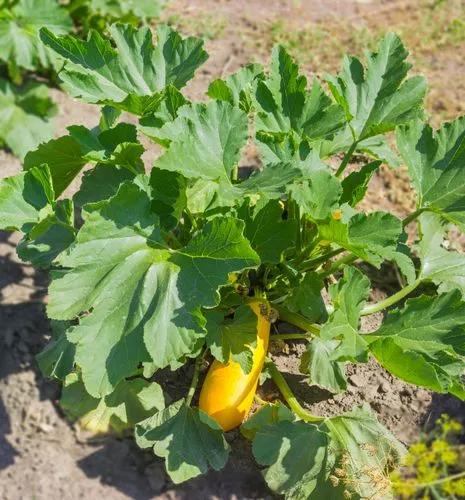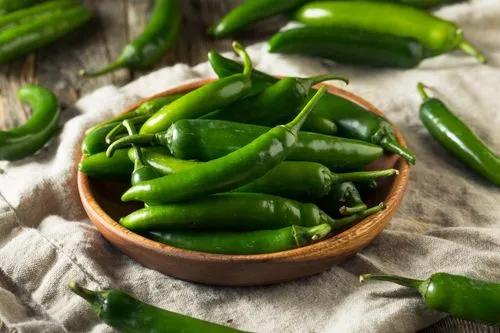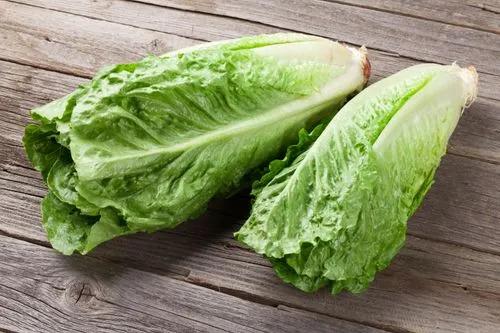Cayenne Peppers are flavorful powerhouses that add an extra depth of spiciness to a dish. If you enjoy eating spicy foods, consider growing your Cayenne Peppers at home!
Cayenne Peppers Care
Cayenne Peppers



Cayenne Peppers is a cultivar of Capsicum annuum species. Other well-known varieties of this variety are Bell Peppers, Jalapenos, Chili Peppers, and others. Also, Capsicum belongs to the family of nightshades, which means they contain small amounts of alkaloids, which may cause inflammation if consumed in high doses. However, edible vegetables and fruits of the nightshade family (which includes Peppers, Tomatoes, Potatoes, and Eggplant) contain minimal amounts and are entirely safe to eat.
The Cayenne Pepper fruits are small, narrow, and vibrantly glossy red. They grow 4 to 10 inches (10 to 15 cm) long and are recognizable by their slightly curved tip. The plant itself can reach 2 feet (60 cm) in height. There are various types of Cayenne Peppers. Red Amber, Dragon, and Sweet Cayenne are the most commonly seen. Each variety has its characteristics – some are spicier than others, and some are slightly easier to grow in certain conditions.
How to Care for the Plant

Water

Instead of watering on a schedule (1x or 2x a week), rely on the soil’s moisture. It would be best if you water your Cayenne Peppers when the top inch or two (3-5 cm) of soil feels dry. Simply poke your finger in the soil twice a week to check.
Keep in mind that during hot weather in the summer, you need to water much more frequently. Cayenne Pppers do not like drought, so keep an eye on the soil!

Pruning

The first flowers that appear should be pinched off. This will encourage bushy growth and result in a greater harvest.

Fertilizer

Feed your Cayenne Peppers monthly with an all-purpose, balanced plant fertilizer. We recommend diluting the solution to half the recommended strength to prevent fertilizer burn. Ensure to water your plant well before and after feeding!
As the plant begins to fruit, it is best to opt for a fertilizer that is rich in phosphorus and lower in nitrogen, as this will help to promote fruit production rather than foliage. Check the NPK ratio on your fertilizer for the details of the nutrient content.

Sunlight

They do best with 8-10 hours of bright, indirect sunlight. A few hours of morning sun is tolerable, but try to protect them against harsh afternoon sun between 12 and 3 PM, especially in the summer months - this can lead to sun scorch. An East- or West-facing window is a good choice.
Also, rotate so they won’t lean towards the light and grow crooked! You can supplement using natural grow lights if you lack natural sunlight. This may be needed in winter when light is less abundant.

Soil

An organic, vegetable-specific potting mix is suitable for your Cayenne Peppers. However, any well-drained potting soil will do.

Propagation

Propagate with stem cuttings: cut off a healthy branch, snip off the bottom leaves, put the cutting into water, wait for roots to grow, occasionally adding water if needed, and plant into a pot with a vegetable soil mix.

Temperature

Because this is a plant that originates from tropical climates, it needs a stable, warm, and humid environment to thrive. Keep the temperatures above 55°F (13°C) at all times, and avoid heavy fluctuations during the day and night.
Avoid putting them against cold windows, near radiators or air vents, and out of drafts. These will cause temperature fluctuations and may dry out the plant.

Container

If you choose to grow your Cayenne Peppers indoors, you must ensure they have plenty of space. A 2 to 5-gallon (7-19 liter) pot will suffice for a single plant. Your pot should have proper drainage to protect the plant against overwatering and rot.

Fun fact

Contrary to other Chili Peppers, the Cayenne Pepper fruits hang from the stems, while other Peppers tend to grow upright towards the sky!

Popularity

833 people already have this plant 134 people have added this plant to their wishlists
Discover more plants with the list below
Related articles






